 What’s the point of a fundraising appeal letter?
What’s the point of a fundraising appeal letter?
That’s obvious, right? To raise money!
But, wait a minute.
Dig deeper.
I always ask the question “why?” until I finally get to the end – where no more ‘why’ questions need to be asked — and uncover the true purpose behind anything I’m doing.
So… why are you endeavoring to raise money?
Because your organization needs contributed income.
Why does your organization need contributed income?
Because you don’t generate enough earned income to enact your mission.
Why don’t you generate enough earned income?
Because you make your services available for free or low cost to those who otherwise couldn’t afford them.
Why can’t folks afford what you offer without subsidy?
Because they’re … elderly on fixed incomes… vulnerable children… newly arrived immigrants… low-income single parents… families living below poverty level… veterans… unemployed… homeless… devastated by a natural emergency or illness… saddled by debt… or otherwise at-risk, marginalized, overlooked or being in need of a break.
Why else do you need community support?
Because the upfront cost is greater than the market will bear, but worth it for the ultimate community good of… a cure for a terminal disease… relief from devastating pain… ending injustice… saving the environment… preventing violence, abuse, addiction, suicide… restoring faith and inspiration to those whose lives would otherwise lack meaning, fulfillment and hope.
Aha! Now that you’ve answered all these important “why” questions you know the point of your fundraising appeal letter or email. Right?
It’s to get people to understand the benefit of their gift; what will happen absent their generosity.
It’s more than ridding themselves of the dollar they had burning in their pocket.
But wait another minute.
Can you dig still deeper?
Why do you want people to understand the outcome they can create?
Because…

 What motivates someone to make a major philanthropic gift?
What motivates someone to make a major philanthropic gift?

 When you’re not aware you’re making a mistake, it’s hard to avoid it.
When you’re not aware you’re making a mistake, it’s hard to avoid it.
 No one can do it alone, sitting in their own little corner.
No one can do it alone, sitting in their own little corner.
 The Lilly Family School of Philanthropy projects total giving will grow by an estimated 4.1% in 2021. So you can’t use the pandemic as an excuse for raising less money in the year ahead.
The Lilly Family School of Philanthropy projects total giving will grow by an estimated 4.1% in 2021. So you can’t use the pandemic as an excuse for raising less money in the year ahead.

 People are wired for stories
People are wired for stories
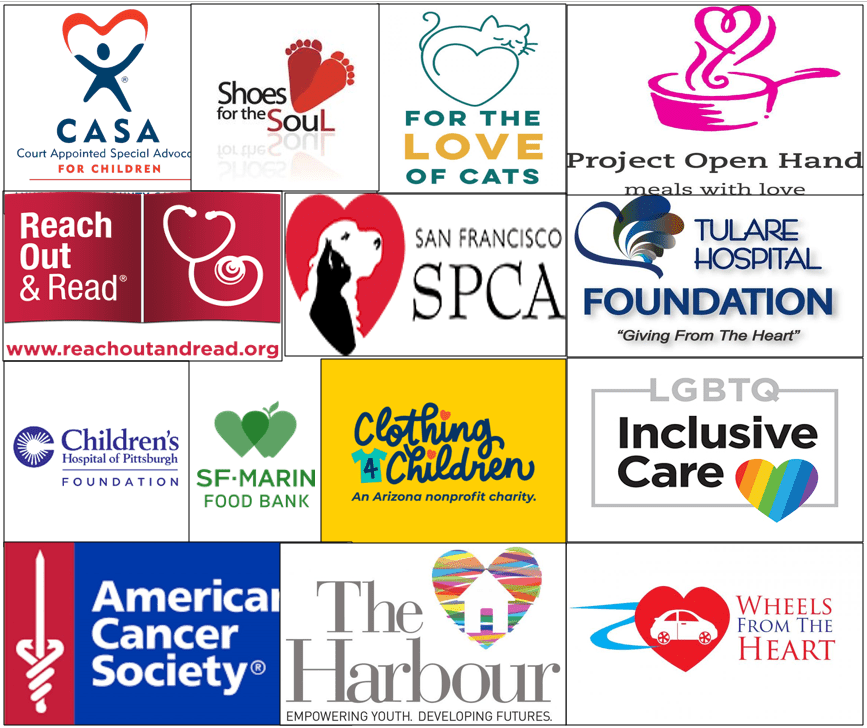 Why do people – with plenty of worries and expenses — give hard-earned money that could otherwise be spent on their own families, taxes and bills to complete strangers via philanthropy?
Why do people – with plenty of worries and expenses — give hard-earned money that could otherwise be spent on their own families, taxes and bills to complete strangers via philanthropy?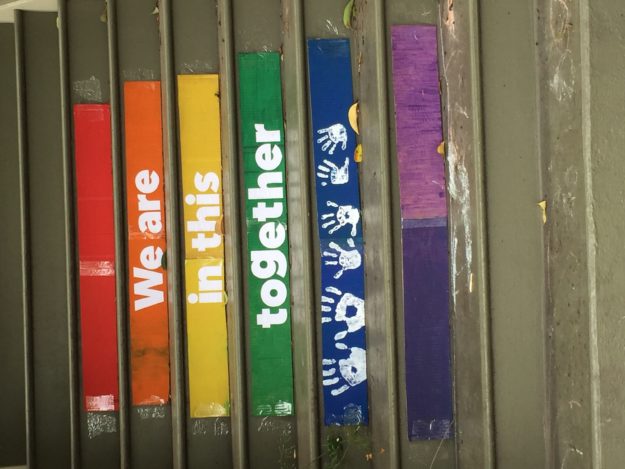
 This is one place you don’t have to social distance.
This is one place you don’t have to social distance.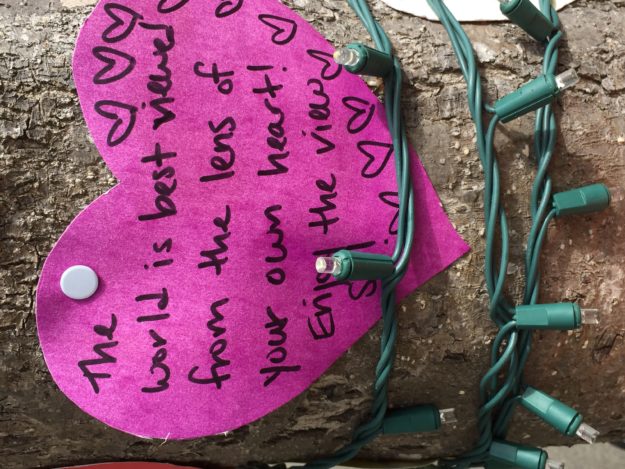
 What’s the point of a fundraising appeal letter?
What’s the point of a fundraising appeal letter?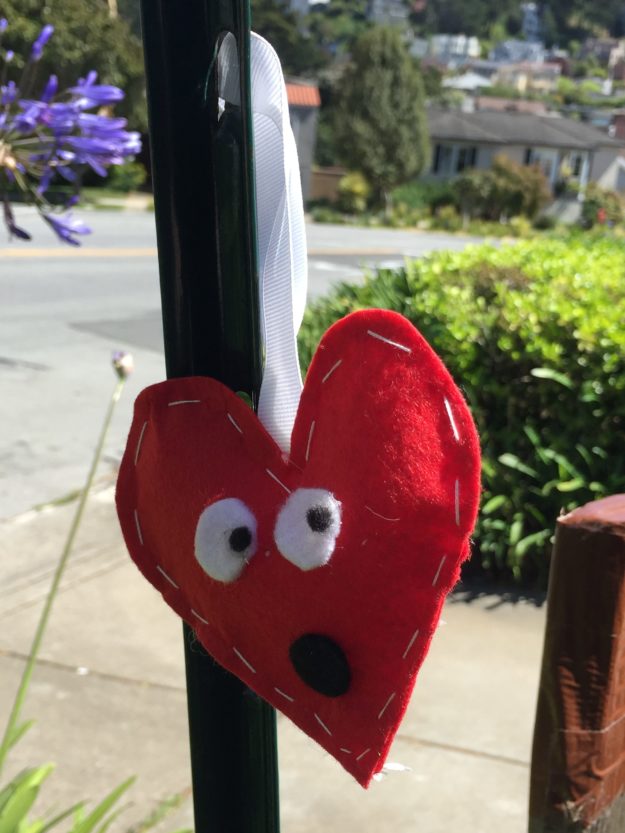








 Wondering where fundraising is heading in our highly networked, overly saturated, noisy-as-all-get-out post-digital revolution world?
Wondering where fundraising is heading in our highly networked, overly saturated, noisy-as-all-get-out post-digital revolution world?

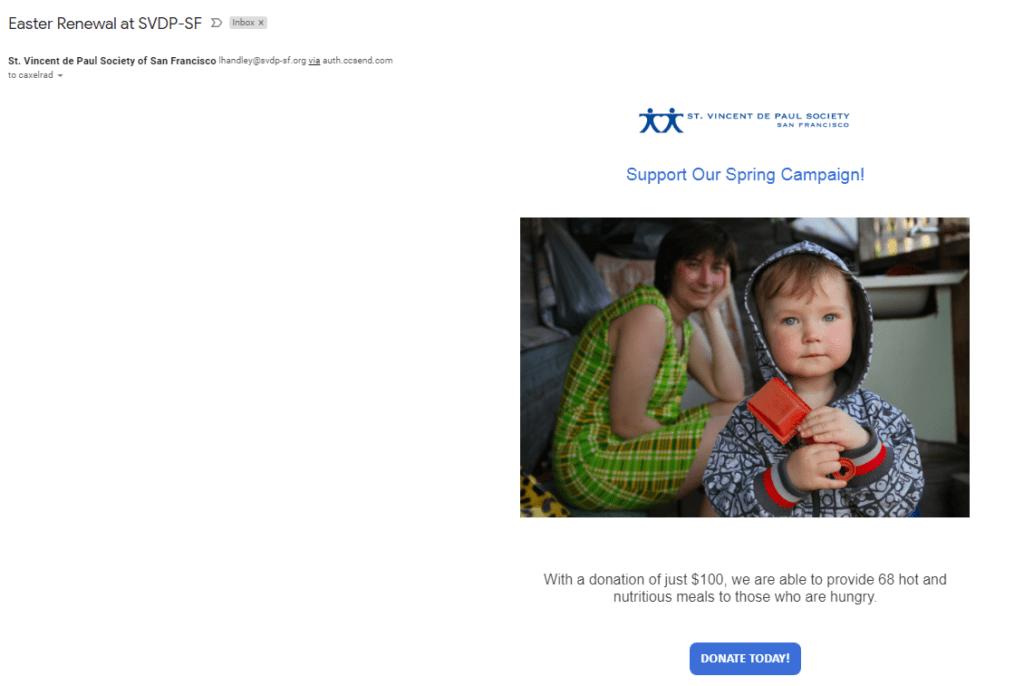




 Can the act of philanthropy make people feel better?
Can the act of philanthropy make people feel better?











